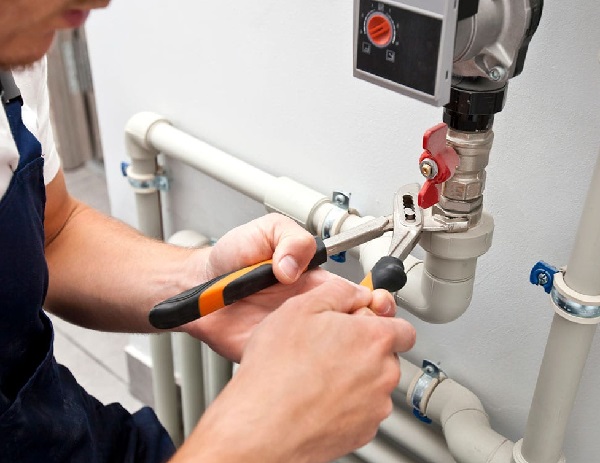Understanding Child Custody Arrangements

At some point in your life, you may choose to get married, and then sometime after that, you may decide to have children. Unfortunately, some marriages will end up in divorce. With children, this means that a child custody arrangement will have to be made between the parents. Child custody arrangements are among the most critical aspects of family law, directly impacting the well-being of children and the dynamics of families. When parents or guardians go through divorce or separation, determining child custody can be complex and emotionally charged. Getting in touch with family lawyers Toledo can be beneficial for all those that are involved and can help find solutions. Below are the various types of child custody arrangements, including sole, joint, legal, and physical custody, and what is considered when determining what is best for the child or children.
Contents
Different Types of Child Custody Arrangements
Sole Custody
Sole custody entails one parent having full legal and physical custody of the child. The non-custodial parent typically receives visitation rights. This arrangement is generally considered when one parent is better suited to provide a stable environment due to factors such as work schedules or location. For some, it is because one of the parents may not be fully involved after the divorce.
Joint Custody
Joint custody involves both parents sharing legal and physical custody of the child. In this arrangement, parents collaborate on major decisions affecting the child’s upbringing, and the child splits their time between both homes. The way that the time is split between homes will have to be decided by the couple or by the court. Joint custody works best when parents can maintain effective communication and cooperation.
Legal Custody
Legal custody pertains to a parent’s right to make decisions about the child’s education, healthcare, religion, and other important matters. This can be either sole or joint, depending on the specific arrangement. This just points out one of the parents to be responsible for making big decisions on behalf of the child.
Physical Custody
Physical custody determines where the child resides primarily. The parent with physical custody is responsible for the day-to-day care of the child. Similar to legal custody, physical custody can also be sole or joint, depending on the situation. The child still may visit the other parents home for things such as weekends or a couple of weeks of a summer but is considered to live at the home of the physical custody parent.
Determining the Best Interest of the Child
When courts make decisions regarding child custody arrangements, they carefully weigh a range of factors to determine what is in the child’s best interest. These considerations revolve around creating an environment that promotes the child’s emotional, physical, and developmental well-being. Elements such as the child’s age, health, and emotional bonds with each parent are evaluated. The stability and continuity of the child’s current living situation, including school and community ties, also play a crucial role. The capacity of each parent to provide a safe and nurturing environment, encompassing financial stability and emotional support, is closely examined. Additionally, any history of caregiving, the child’s own wishes (if they are of sufficient maturity), and the potential impact of the custody arrangement on the child’s overall quality of life are taken into account. At the end of the day, an arrangement that will allow the child to feel safe, thrive, and be happy is the best one.

